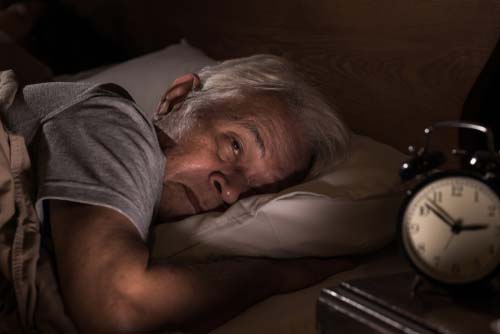Golfer’s elbow is a misleading name for this painful condition. You don’t have to be a golfer to experience pain and a reduced range of motion in your elbow. In reality, the inflammation of the muscles and ligaments in the elbow can be caused by everyday activities. In this article, we will show you how chiropractic care for golfer’s elbow can help you heal from this condition without painkillers.
What Causes Golfer’s Elbow?
Golfer’s elbow is the result of overuse of the muscles and ligaments in your elbow. If your job involves gripping and lifting weights (movers, factory workers) you may suffer from golfer’s elbow at a certain point.
The intense physical effort over a long period of time will cause micro-tears in the muscles and tendons. These micro-tears generate inflammation. The tendons and muscles become stiff and painful. In time, the slight sense of discomfort will grow into pain and stiffness.
The RICE Method Is Not the Best Option
Before choosing chiropractic care for golfer’s elbow, many patients search online for simple home treatments. Inevitably, they learn about the RICE method: rest, ice, compress and elevate.
In theory, by stopping all physical activity and applying cold, you reduce pain and allow the inflamed muscles and ligaments to heal. But, as any chiropractor can tell you, this type of healing by doing nothing will leave some lasting negative effects.
Not doing anything to reduce inflammation and resolve the stiffness will lead to the formation of scar tissue at the injury site. Scar tissue, just like the one visible on your skin after major trauma, is different from regular muscle and ligament tissue. It is less flexible and does not have the same strength as the tissue before injury. Thus, you will not be able to move your elbow freely and rely on your arm for heavy lifting activities.
What Is the Approach of Chiropractic Care for Golfer’s Elbow?
What does a chiropractor do differently? And why should you choose chiropractic to treat golfer’s elbow?
First of all, the chiropractor will evaluate your physical condition as a whole, not just your elbow. You may be surprised, but golfer’s elbow may originate in a poor posture while performing specific repetitive tasks. Once the evaluation is complete, the specialist will create a personalized plan for your chiropractic care for golfer’s elbow.
Here are the main goals of this treatment plan:
1. Break Up the Scar Tissue
If you waited some time before getting a chiropractic appointment, you probably have scar tissue around your elbow. The chiropractor will apply specific manipulations whose purpose is to break up this tissue.
This may appear counterproductive to you, but it is actually the only way of encouraging your muscles and ligaments to heal and return to their original form and function.
2. Restore Flexibility
Chiropractic care for golfer’s elbow will focus next on regaining the full use of your arm. Through careful joint manipulations, the chiropractor will restore the natural alignment of the elements that form your elbow.
Every human joint is a feat of engineering, and the slightest damage can disturb the natural flow of movement. This is the reason why golfer’s elbow leaves you unable to bend and extend your arm to the full.
3. Reduce Inflammation
In parallel with getting your elbow back in its natural position, the chiropractor will also focus on alleviating your pain. Massages and other specialized manipulations will encourage blood to flow properly through your elbow, which will reduce the level of inflammation and, consequently, your pain.
Golfer’s elbow is a painful condition that leaves you unable to use your arm for a lot of daily activities. With chiropractic treatment, you can get rid of the pain and regain full control over your arm. We invite you to schedule an appointment with one of our chiropractors and start your personalized treatment plan!


